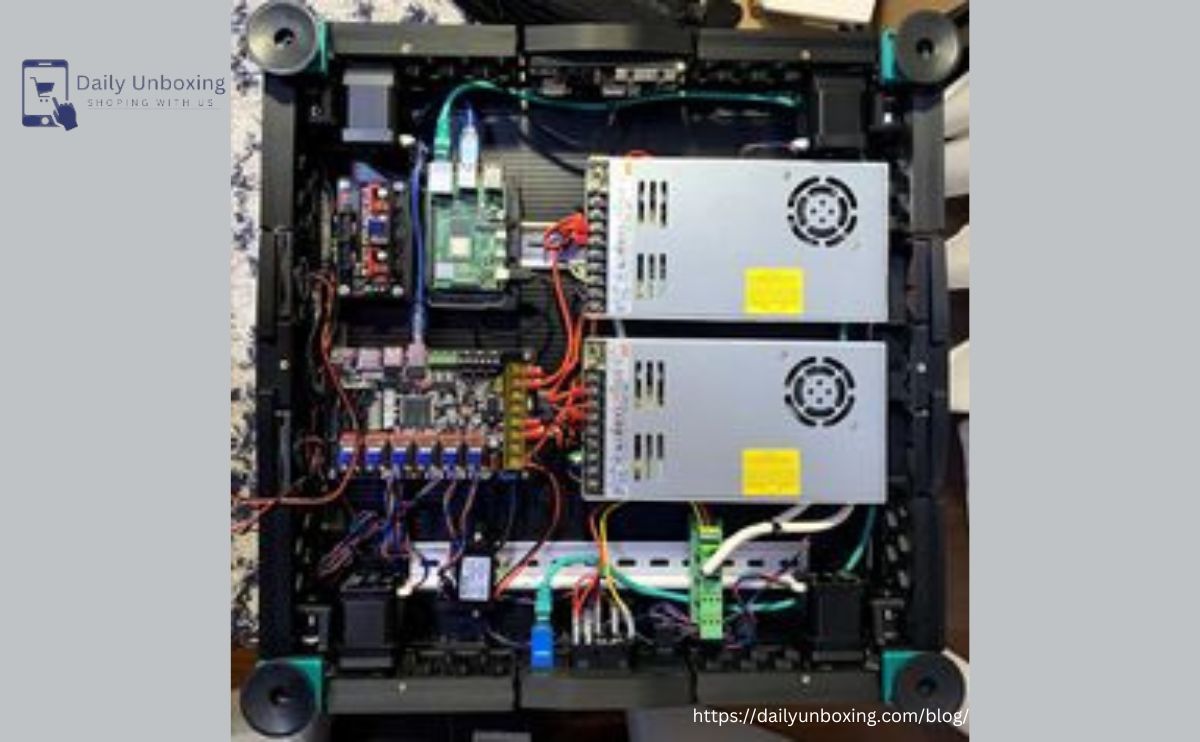The Basics of Inventory Control for Computer Software and Equipment
Maintaining a record of all the software and hardware resources that a business firm has is necessary as we find ourselves in the tech-driven society today. Who hasn’t lost track of every device, application, or service, let alone trying to explain where all that expenditure is going? Well-managed IT inventory can help to bring harmony back to the IT department, save you and your business money, and help to protect your business from potential data breaches. Whether you are handling a huge network or organizing resources for a project or a small team, this article will help you understand how software and hardware inventory should work equally.
What Makes IT Inventory Management Important?
Inventory management is not just a chore – it is arguably one of the most crucial activities with impacts on several facets of any organization.
Operational Efficiency: The effective inventory management system assists you in identifying the assets, their location, and their condition which simultaneously improves organizational functioning and reduces the number of potential shutdowns.
Cost Savings and Budgeting: If practiced correctly, inventory control helps you avoid buying items that you already have in your possession, plan renewals well, and make the best out of what you already own. It is much easier to budget when you have an understanding of what assets you have.
Enhanced Security and Compliance: One of the critical areas to address in compliance is the inventory of IT assets, perhaps while monitoring licenses to software, or updates on security. It always reminds you of the security measures you have to put in place though to ensure that you are not charged for noncompliance.
Inventory Computer Software Hardware Click Here…
Types of IT Inventory:
Software vs. Hardware

However, hardware infrastructure assets will require a separate approach to management compared to applications. Here’s a quick look at how they differ:
Software Inventory: Refers to tracking all the software applications and licenses a business uses. This includes details on license expirations, software versions, and usage data.
Hardware Inventory: Encompasses physical assets like computers, servers, printers, and network devices. Important data points include each item’s location, age, maintenance status, and warranty details.
Managing software often focuses on licensing and compliance, while inventory computer software hardware management prioritizes physical tracking, device health, and lifespan.
Essential Features in IT Inventory Management Software
Inventory software as a crucial element in small businesses is not wholly alike. When choosing a solution for managing IT assets, look for features that address your specific needs:
Automated Tracking and Alerts: This way it will also be time-saving and also reduce the possibility of human interference. Application functionality that includes automatic notifications about license expiration or the need for hardware maintenance means that you will never be late for anything.
Asset Categorization and Reporting: An asset classification system by type, usage, or location simplifies matters by pointing to the location of an asset in the organization. Customizable reporting also encompasses features that support such decisions and contain valuable information.
Integration with Other IT Tools: The software you use for inventory must also be compatible with other systems you use including helpdesk, financial software, and security ones.
Selecting software with these aspects helps track assets, reduces costs, and enhances its efficiency within the organization’s IT department.
Advantages Of Having Your Inventory Software
Having software for an inventory of IT assets entails several benefits that give more ease to IT managers, the finance department, and the management.
Real-Time Asset Visibility: When you have dedicated software, then you always have a clean, real-time sight of asset and asset. This avoids redundancy in acquisition while one is able to know which of the resources are rarely used.
Streamlined Audits and Compliance: Inventory software can also keep track of the history of your IT assets so that audits become less painful and time-consuming.
Improved Planning and Forecasting: Thus, using inventory info, you can determine better what and when to buy, update, or sell further. It makes a schedule less prone to changes at the last minute and helps to have IT on the same page with business needs.
Managing and Tracking IT Inventory the Right Way

Creating a solid IT inventory management process doesn’t happen overnight. Here are some best practices to keep everything organized:
Conduct Regular Audits and Updates: Annual review minimizes the use of outdated information while normally evaluating assets provides a clear perspective.
Implement a Centralized System: Most organizations do not need an especially complex inventory system but a centralized one helps to eliminate confusion and confusion and ensure that everyone has the same information irrespective of their position and their line of work within the company.
Set Access Controls and Permissions: Restrict the view to or edit the inventory data. This saves a copy on a different course and has an extra security measure to avoid accidental deletion.
That said, maintaining the best inventory data will help keep your data accurate, safe, and easy to retrieve if you follow these practices.
Computation and Case Studies: Understanding the Common Issues That Arises In the Management of It Inventory and Formulation of Strategies to Address Such Problems
Exploring inventory management, sometimes it can be a daunting task to do so, however, the following form recognizes that certain challenges can occur when one is managing the IT inventory.
Outdated or Inaccurate Data: Originally, inventory data is accurate, but as the system grows new hardware is added, or the software may be updated. It is also important to set a schedule for a particular type or method of audit in order to refresh the data.
Managing Remote or Hybrid Assets: Offsite hardware is much more difficult to manage when a growing number of employees work from home. Use cloud applications and track activity using remote solutions to remain connected during COVID-19.
Avoiding Software License Violations: Software licenses contain conditions which if violated lead to severe penalties in terms of financial penalties. It is worth it to have a dedicated license management system that will help in tracking such compliance.
When these challenges are managed effectively, you will find it easier to effectively manage IT inventory and minimize some of the challenges that come with the process.
Inventory Computer Software Hardware Click Here…
Steps to Implement an Inventory Management System in IT
Ready to implement an inventory management system?
Here’s a step-by-step approach to get started:
Planning and Scoping: First, determine your objectives, your budget, and the kind of items you would want to monitor.
Selecting the Right Tools and Software: Select the option that works best for the business hence you can either be lucky to get a means that has it all for the big firms or get a simple means for new firms.
Setting Up Workflows and Training Staff: Define who will manage the system, and how assets will be tracked, and train your team to ensure everyone follows the same procedures.
A well-implemented inventory system saves time and makes IT asset management easier for everyone involved.
Top Inventory Management Software for IT Assets

Choosing the right inventory computer software hardware can transform how you manage your IT inventory.
Here are some popular options to consider:
ServiceNow IT Asset Management: Highly flexible and recommended for large businesses, in particular, this software is compatible with other enterprise solutions and allows vast configuration.
Asset Panda: It’s rather a general application that is quite popular in different fields, including IT, and is characterized by simplicity.
Freshservice: Sells inventory management together with IT service management in mind, with a focus on small to midsize businesses.
Every respective software has its attributes, meaning you should consider the needs you have before choosing.
Hardware Inventory Management:
Key Tips and Techniques
Managing hardware inventory is not as simple as just tracking the equipment. Here are some effective techniques:
Track Device Lifespan and Maintenance Needs: Record the date when each of the assets was purchased and the useful life expectancy of such an asset. This is because the prospect of maintaining or upgrading the device gives it a worth that is as great as the potential users would want it to be.
Manage Warranties and Replacements: Keeping track of warranties can ultimately lead to various costs such as repair and replacements being minimized. It also comes in handy when planning for a replacement since the expiration dates of warranties are well noted.
Leverage Barcodes and RFID for Easy Tracking: Tenant’s barcode or RFID tag is advantageous to track since it doesn’t involve human errors unlike when it’s manually done in large organizations to manage physical assets.



